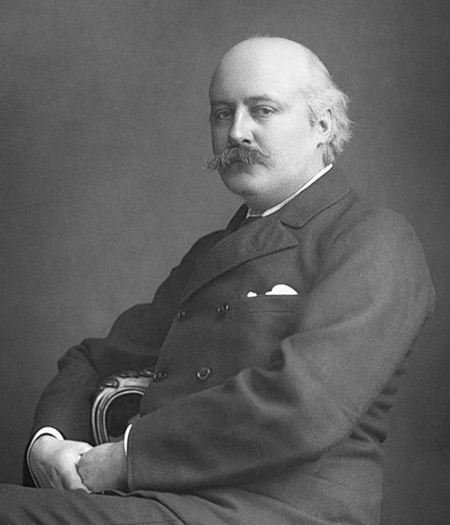
You might be surprised to know that the United Kingdom is the only monarchy in Europe that retains the coronation ceremony. Amazingly, the essential elements of the ceremony have remained pretty well unchanged for over a thousand years. Current European monarchies have replaced coronations with simpler ceremonies to mark an accession. Belgium and the Netherlands have never practised coronations in their entire history. Instead, the monarch is merely required to take a relatively simple oath. Britain saw four coronations during the twentieth century and the most recent of course was that of Elizabeth II in 1953.
In Thailand, the rites of the coronation lie in both Hindu and Buddhist religions and go back several centuries. Not surprisingly, the music performed at British coronations is inspired by the Christian religion. Much of the choral music uses texts from the Bible which have been used at coronations since the eleventh century. Following the Reformation, court musicians, often the Master of the King’s Music, were commissioned to compose new musical settings of the traditional texts.
Composers are usually only too pleased to supply music for a coronation. Not only is it one of the highest honours that can be bestowed; it also guarantees plenty of publicity and possibly even a place in the history books. So while the auspicious event of the Coronation takes place here in Thailand, let’s revisit some of the music composed for British coronations of long ago.
Handel’s first commission as a newly-naturalized British subject was to write the music for the coronation of King George II in 1727. Zadok the Priest is the most well-known of Handel’s four coronation anthems which were regularly played in concerts and festivals even during his own lifetime. Their success contributed to the popular but erroneous belief that Handel was a composer whose music required enormous numbers of singers and instrumentalists.
The ceremonial style of Handel’s anthems differs significantly in style from his music for the theatre and even more from his concertos and chamber music. The coronation anthems use massed forces and dramatic contrasts which sound magnificent in London’s Westminster Abbey, the traditional home of coronations since Harold II, the last Anglo-Saxon king of England was crowned there in 1066.
Zadok the Priest has been performed at every British coronation since its composition. The text comes from the biblical account of the anointing of Solomon by the eponymous priest Zadok. That same text has been used in every coronation since that of King Edgar at Bath Abbey in 973. Handel’s setting begins quietly with repeated sustained strings leading to the sudden and thrilling entry of the huge choir. After well over two hundred years, that moment of high drama still sends a shudder of excitement down the spine.
The anthem Laetatus sum (“I was glad”) has been sung at the entrance of the monarch at every British coronation since the seventeenth century. Settings of the text were composed by Henry Purcell, William Boyce and Thomas Attwood. When Sir Frederick Bridge was appointed director of music for the 1902 coronation of King Edward VII, he chose to make it a celebration of British music. The event featured works by Tallis, Gibbons and Purcell as well as some more modern works by Sullivan, Stanford and Stainer. Sir Hubert Parry composed his own music to the Laetatus sum text for the entrance music of the King and revised the work in 1911 for the coronation of King George V.
Sir Hubert Parry wrote a vast amount of choral, orchestral and chamber music mostly between the 1860s and the 1880’s, yet he’s best known for his melody to the hymn Jerusalem. The anthem I was Glad has become a favourite choral work in its own right. The revised setting of 1911 is the best-known, with its brass fanfares and the middle section in which the boys of the choir are the first to acclaim the sovereign, singing the traditional “Viva Regina” as the king or queen enters the Abbey. Incidentally, this section of the anthem has to be rewritten every time a new monarch is crowned because the Sovereign is mentioned by name.
At the first performance at the 1902 coronation, the director of music, Sir Frederick Bridge, misjudged the timing and the anthem embarrassingly finished before the King had arrived. The day was saved by the organist, who realized what had happened and averted a musical disaster by improvising some new music of his own.
This is a powerful performance conducted by the legendary Sir Charles Groves. And yes, that is the Queen of England who can be briefly seen at 07:39 and once again at the end of the video.
To watch these YouTube videos, either use your Smartphone to read the QR codes or go to this article online, click on the “live” links and go direct to the videos. If you have a laptop, sound quality can be improved significantly by using headphones or external speakers.
 |
 |
 |





